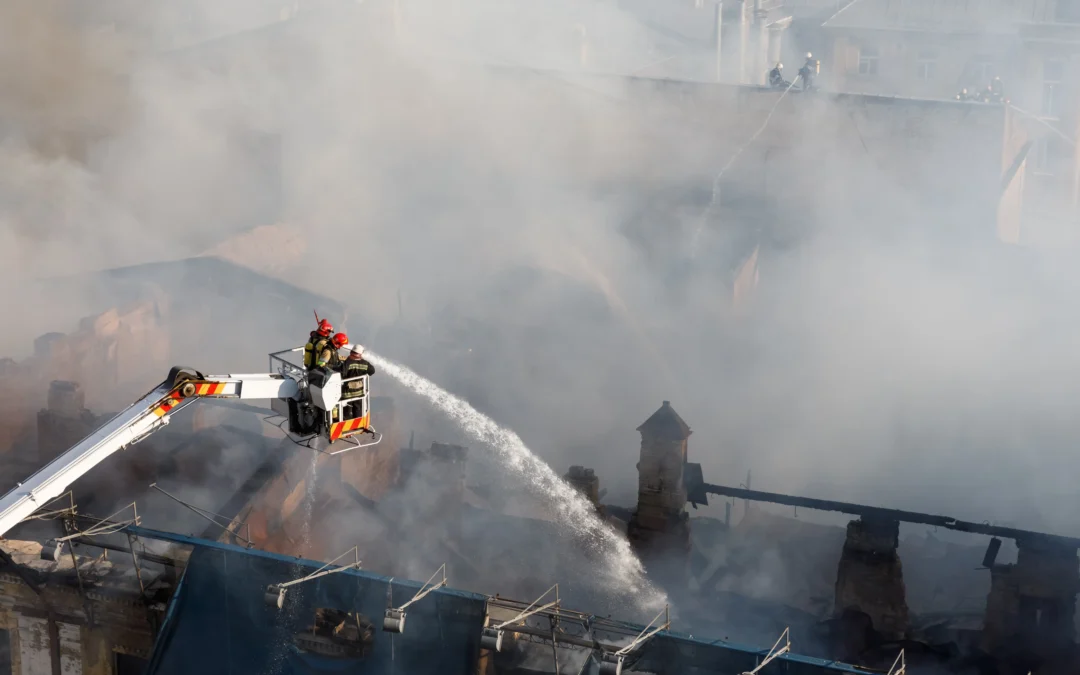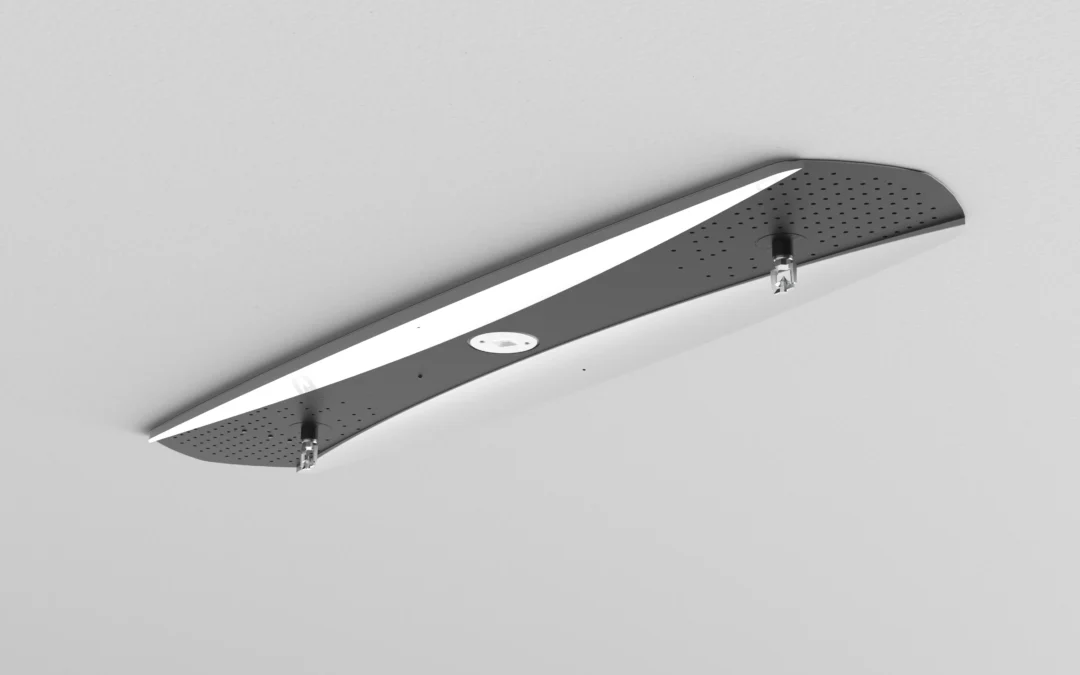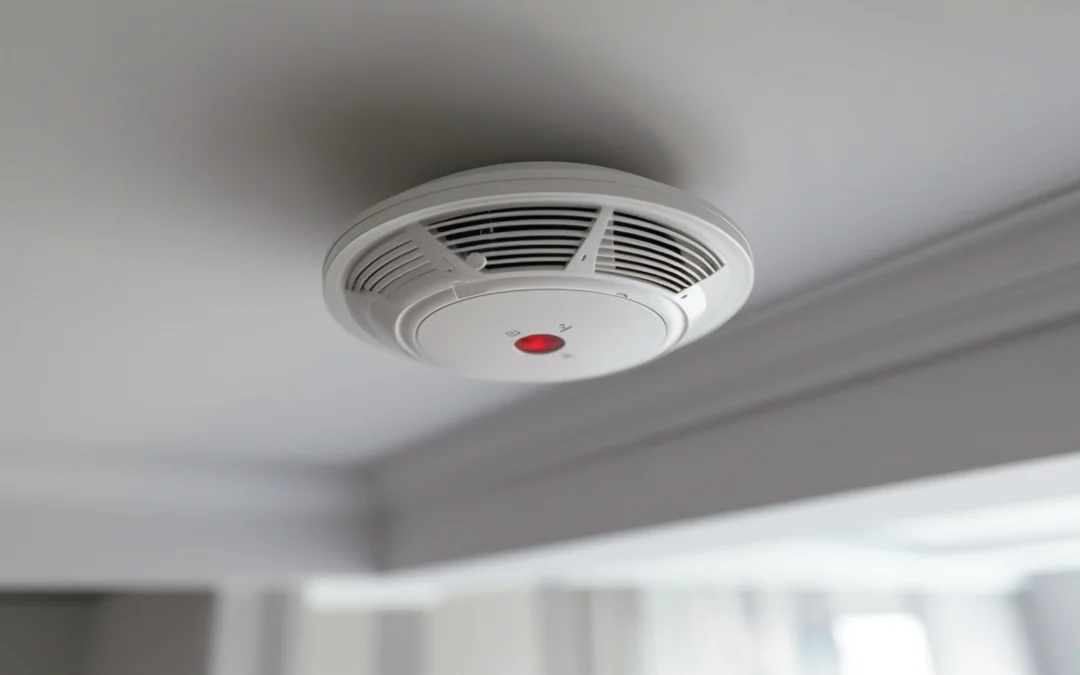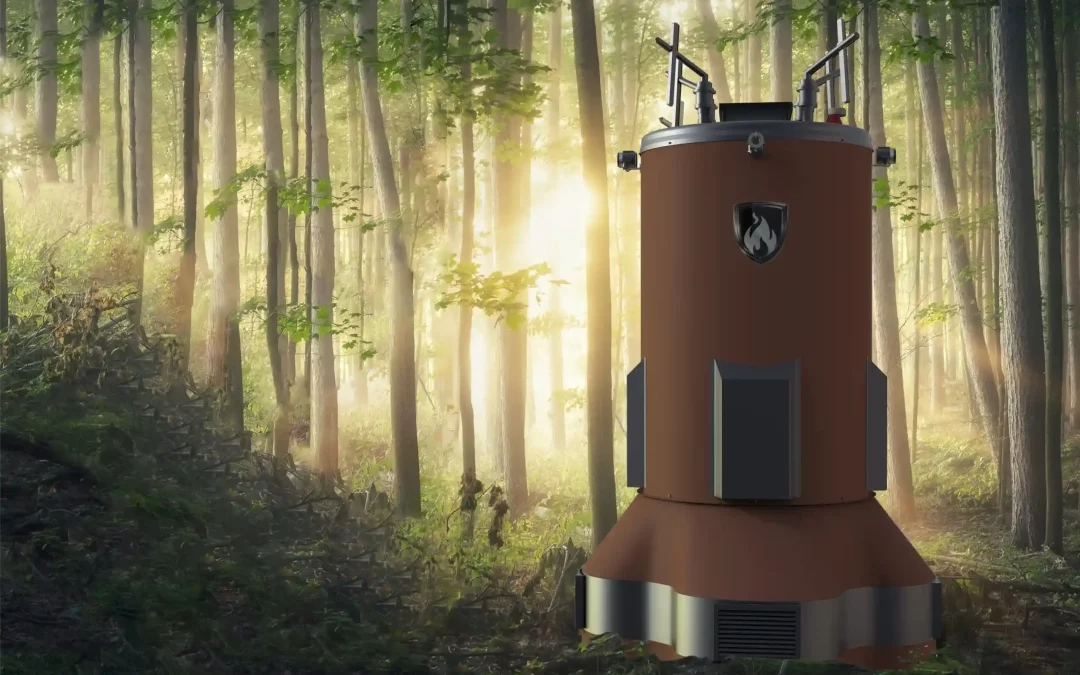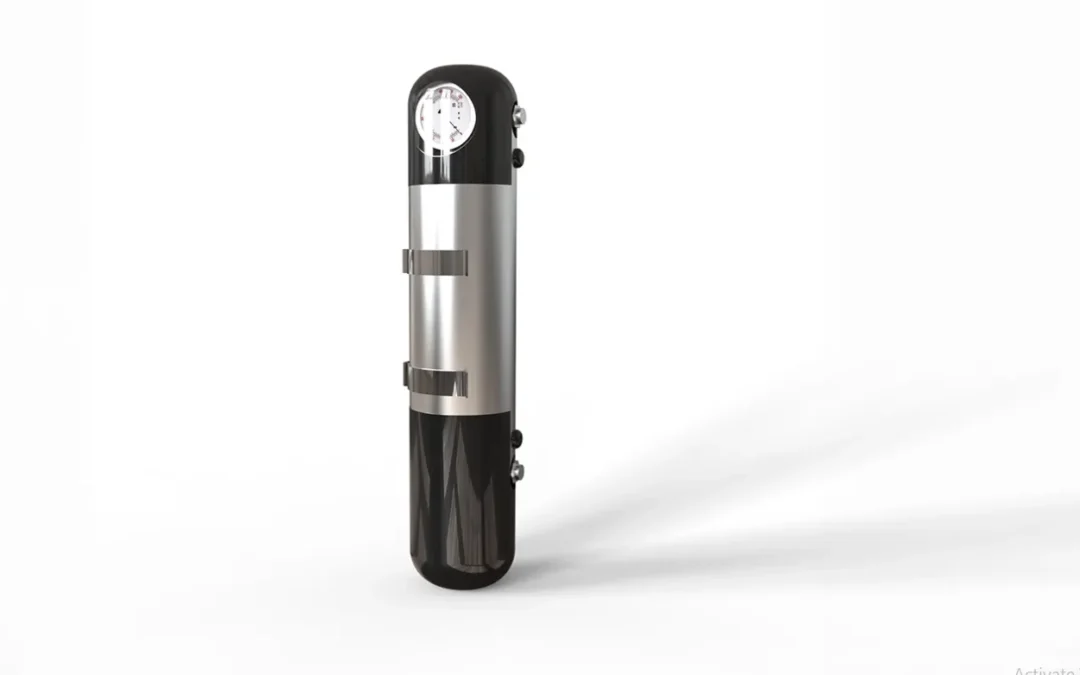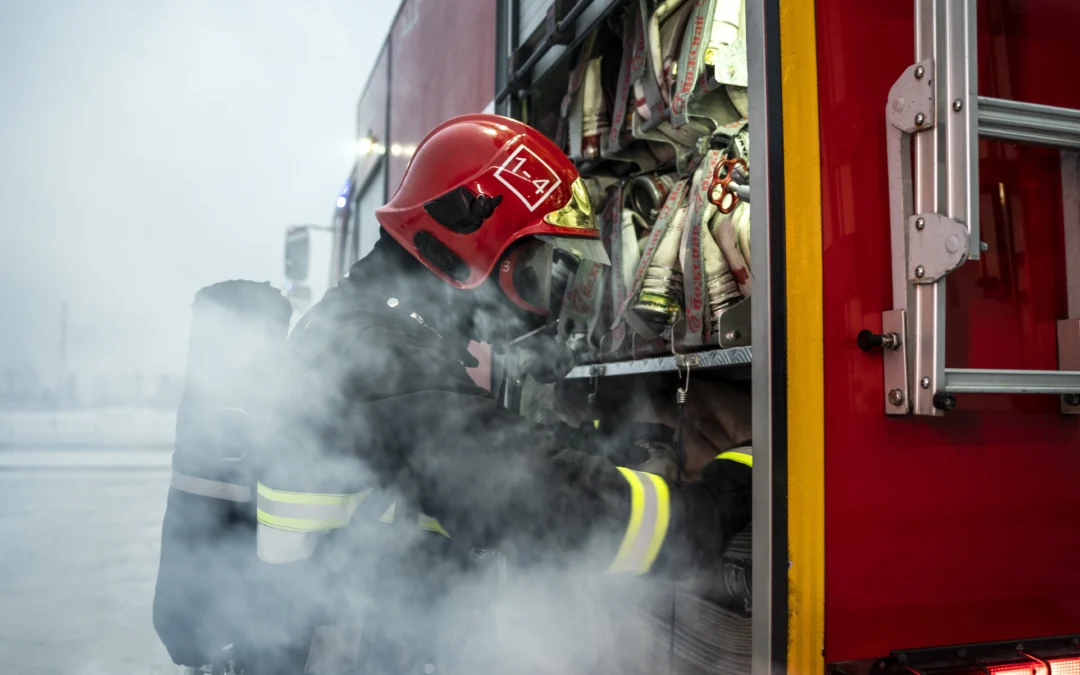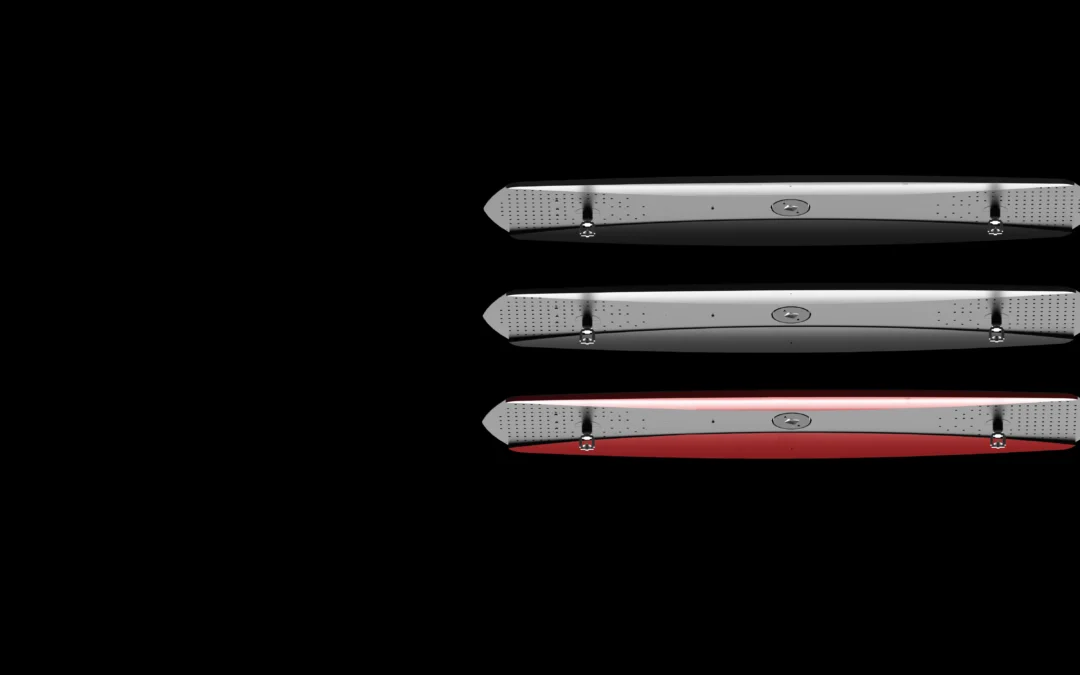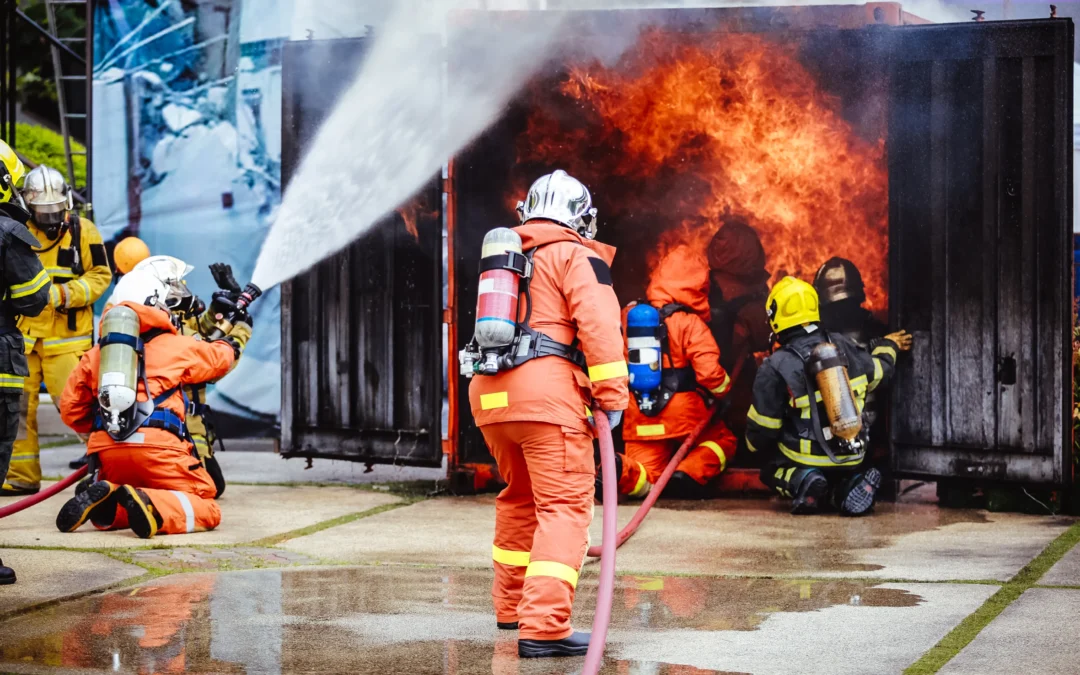Among the most devastating and lethal, fires rarely make their presence felt. Given such rapid-fire destruction, fires engulf unchecked in homes, offices, warehouses, or factories with extreme quickness. A fire suppression system is needed not as a safety option; rather, it’s a life-saving necessity.
This article looks at how fire suppression systems work, their types, and the role they play in saving lives and property. Understanding their importance makes it quite clear- every building ought to have a customized fire suppression solution.
What Is a Fire Suppression System?
Fire suppression system refers to a collection of integrated components designed to detect, control, and extinguish fires in their infancy. These systems do more than just set off fire alarms; they actively combat fires before even human intervention becomes possible.
The fire suppression system can either be automatic or manual and is usually based on the release of some suppressing agent, like water, foam, gas, or chemical, that can successfully prevent the further spread of fire and smoke.
The Life-Saving Benefits of Fire Suppression Systems
1. Early Detection Saves Lives
Many fire suppression systems are typically fitted with advanced smoke detectors or heat detection sensors. Such sensors can detect signs of fire much faster than human senses can. Early detection becomes vital because, in an emergency involving fire, every second counts.
The automatic activation means suppression gets underway immediately, often even before the occupants ever realize there’s a fire. This rapid response will, to a certain extent, mitigate panic and give people a greater likelihood of being able to escape safely.
2. Minimizing Toxic Smoke Inhalation
Smoke—not flames—is the biggest killer in fire situations, contrary to popular belief. In addition to putting the fire out, a fire suppression system is capable of minimizing smoke generation and smoke propagation. By lowering smoke levels early, such systems help occupants stay aloft and find their way out, sparing them from serious injury or death.
3. Protecting High-Risk Environments
Some environments—data centers, kitchens, factories, and chemical storage—are considered more fire hazard-prone. A specialized fire suppression system for each environment can greatly diminish these risks. For instance:
Wet chemical systems are available in commercial kitchens to stop grease fires from spreading.
Server rooms, on the other hand, use gas-based systems such as FM-200 or Novec 1230 to safeguard delicate electronics without water damage.
By eliminating specialized environments, fire suppression systems contribute to saving lives in high-risk environments.
Protecting Property and Assets
Every year, fire destroys billions of dollars’ worth of property. But most destructive impacts can be averted through a well-designed fire suppression system.
1. Limiting Structural Damage
With a building not being suppressed, it would take about a few minutes for flames to sweep up walls, ceilings, and its supporting structures. Fire suppression systems are geared toward swift containment or extinction of fire at the start, so that the area damaged is much reduced.
This helps the structural integrity of the building, plus it is cheaper and easier to repair or reconstruct.
2. Safeguarding Valuable Equipment and Inventory
In commercial and industrial environments, fires destroy machinery, inventory, and other expensive goods. By having a fire suppression system installed, you minimize:
Loss of critical equipment or inventory.
Downtime for equipment.
“Important business transaction records or customer information”.
This is particularly vital for businesses where their continuity and integrity of data are their lifeblood in keeping afloat.
3. Reduced Insurance Costs
Most insurance companies recognize the value of a properly installed fire suppression system and, thus, may lower premiums. Insurers usually give more promptly in case of fire compensation when proper suppression systems are present, as this indicates a
Commitment to risk management.
Types of Fire Suppression Systems
Fire suppression systems are not usually the same everywhere. The type depends on the site, nature of assets, and fire risks associated with those assets. Here are the most general types:
1. Water-Based Systems
Sprinkler Systems: These are commonly in action. They work on the principle of heat, which activates their opening to dispense water over the fire.
Mist Systems: Spraying fine-sized water droplets lowers temperatures in flames in addition to reducing the oxygen. Ideal for sensitive equipment.
2. Chemical-Based Systems
Dry Chemical System: Effective against flammable liquid fires (Class B) and electrical fires (Class C).
Wet Chemical Systems: This is usually used as the first component of a small kitchen suppression system. The chemistry interacts with greases to suppress flames and inhibit re-ignition.
3. Gas-Based Systems
Clean Agent Systems (e.g., FM-200, Novec 1230): The clean agent gases ensure fire suppression in fire accidents without damaging sensitive electronics and leaving residues, hence ideal for data centers and museums.
CO₂ System: Operational in unoccupied areas such as electrical closets or industrial zones.
4. Foam Systems
Foam systems serve fuel storage facilities, hangars, and chemical plants. Foam covers a flammable liquid, preventing the vapors from igniting.
Fire Suppression System in Different Sectors
1. Residential Fire
Sprinklers and smoke alarms are the fire suppression backbone within homes, especially multi-family or luxury homes. Many of these are now required by most building codes.
2. Commercial
Office buildings, shopping malls, and restaurants use a combination of sprinklers, wet chemical systems, and fire alarms. The safety of both employees and customers is the prime objective.
3. Industrial
Factories, warehouses, and power plants utilize specialized systems such as foam and CO₂ suppression because they handle a large-scale or hazardous fire risk. A fire suppression system is normally integrated with the emergency shut-off and ventilation controls.
4. Data Centers
Gold standard for clean agent systems in places where water could cause more damage than fire, protecting servers and storage hardware while maintaining uptime.
Compliance and Maintenance
At its most basic, the fact that a fire suppression system is installed is not enough. It should also involve regular checks and compliance with local fire codes:
Routine Testing: Yearly checks for all sensors, valves, and agents in working order.
Compliance Standards: Follow NFPA codes/policies and local regulations.
Training Staff: Familiarity with the suppression system. All staff should be trained in regards to the system in commercial buildings.
Innovations in Fire Suppression Technology
Modern fire suppression systems are increasingly “smarter” and more responsive than before. Innovations include:
AI-powered Detection: Some systems activated with AI now analyze real-time heat and smoke patterns.
Smart Alarms and Monitoring: via IoT devices, smart alarms enable remote alerts as well as system diagnostics.
Eco-Friendly Suppressants: New collections of clean agents are more environmentally friendly and conform to global climate rules.
Such innovations will ensure that fire suppression features will increase their capacity to avert disaster.
Real-Life Examples of Fire Suppression Success
Data Center Disaster Averted
A big financial firm in New York had a short circuit in an electric server room. Their FM-200 fire suppression system activated seconds after the event; thus, the fire was put out, saving millions of possible losses. All this happened without even a drop of water, and operations resumed the same day.
Restaurant Kitchen Fire Contained
A huge grease fire erupted from the stovetop of a busy downtown restaurant. The wet chemical suppression system in the kitchen went off right away and suffocated the flames, cutting off oxygen. Customers were evacuated, and the fire never burned beyond the stove.
Such examples underscore the difference from one system to another, turning minor disruption into a catastrophe.
Conclusion
Predictable, swift, and deadly, fires can wreak havoc; they do not have to be disastrous, though. A well-designed, maintained, and effective fire suppression system is the sure primary defense against fire emergencies. From protecting human lives to preserving valuable assets, these systems form a central part of modern safety and risk management strategies.
Whether you are a homeowner, business owner, or facility manager, it is wise to invest in a reliable fire suppression system. It is, rather more accurately, an essential investment. In a world where fire hazards are always lurking, suppression systems tend to provide peace of mind, quicker reaction, and eventually, the power to save lives and protect what matters to us most.


